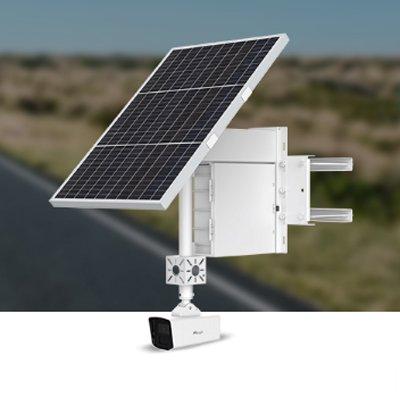 |
| Microsoft’s three GSOCs monitor 700 sites for nearly 200,000 active personnel access accounts |
Microsoft Global Security, which is responsible for providing physical security at Microsoft Corporation, has joined the Physical Security Interoperability Alliance (PSIA) board of directors, signaling its support for the PSIA’s system-level approach to developing standards for the security industry.
Microsoft’s three Global Security Operations Centers (GSOCs) monitor seven hundred sites, in over 100 countries worldwide for nearly 200,000 active personnel access accounts. Technologies include nearly 20,000 access control points and video cameras, connecting to more than 1000 IP addressable digital video recorders and 300-plus fire panels. These sites also include more than 9,000 other devices, including duress alarms, biometric security systems and environmental alarms. The several million transactions per month have led to a significant migration and expansion of the technology to a mostly virtualised, cloud environment at Global Security.
“We are making standards and interoperability core to our security strategy here at Microsoft Global Security,” said Mike Faddis, Group Manager. “Two years ago during ASIS in Orlando, I challenged the industry groups to aspire to greater interoperability, and indicated that we will increasingly be basing our purchases and security ecosystem on tools and technology from vendors who have adopted security standards and have a focus on interoperability with others.”
“The PSIA continues to gather a diverse group of vendors and create robust specifications for achieving interoperability across the physical security ecosystem,” Faddis said. “We are particularly impressed that the PSIA is working on solving physical-logical identity unification issues, which is a challenge for us and many other users.”
“Approximately 20% of our Area Access Administrators’ time is spent on managing temporary access privileges and credentials globally,” said Faddis. “We’re pleased to participate with the security leaders already in the PSIA’s Physical-Logical Access Interoperability Working Group to develop a new, open specification that will help us and other users reduce administration costs while improving our Enterprise Security Risk Management using logical and physical identity management solutions.”
“We are very pleased Microsoft Global Security has chosen to work with our organisation,” said David Bunzel, executive director, the PSIA. “The company’s participation in the PSIA is clear evidence of how security end users recognise the value of our approach to security specifications, which is built on broad industry participation and focused on solving a wide range of security issues vs. merely connecting devices.”


















